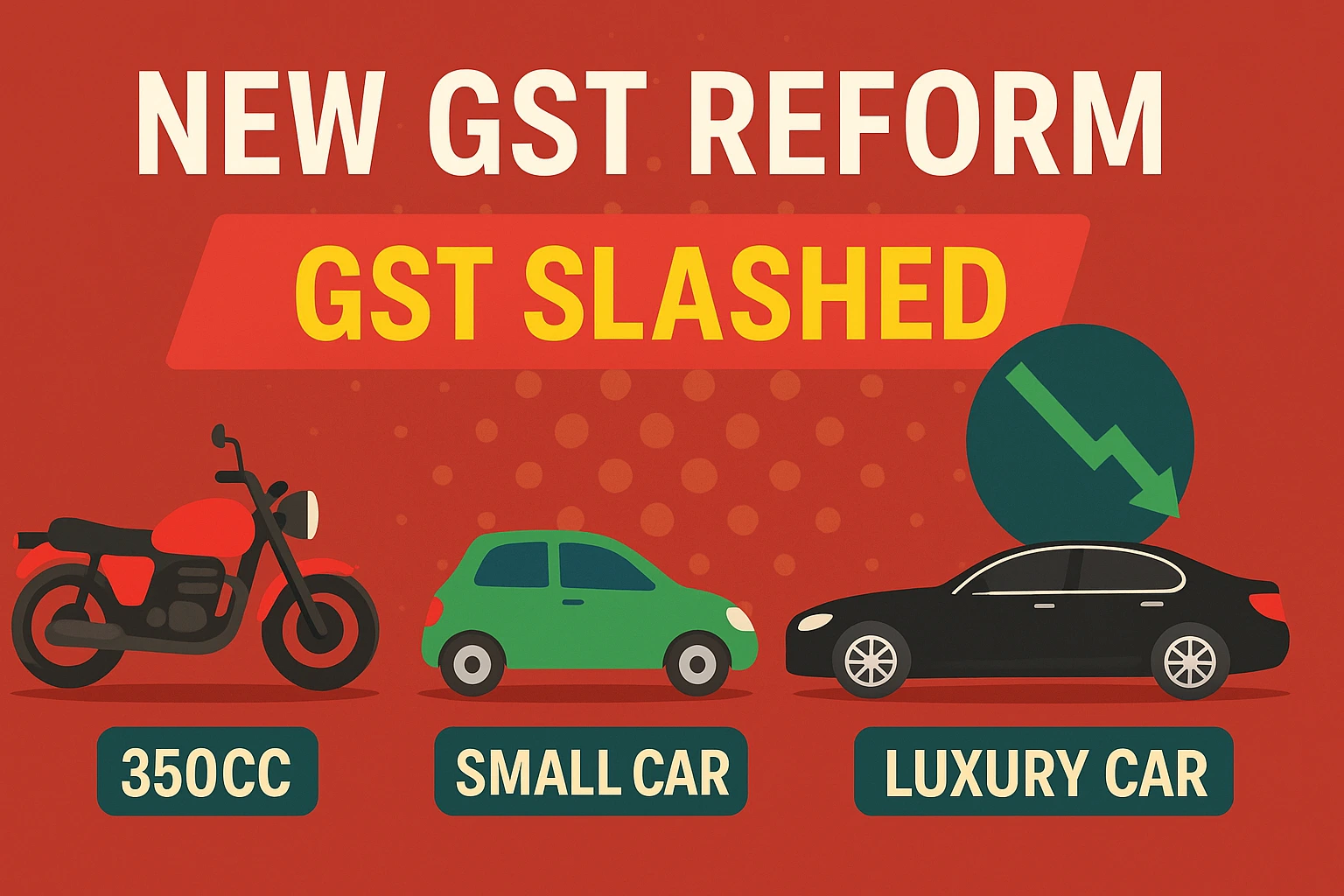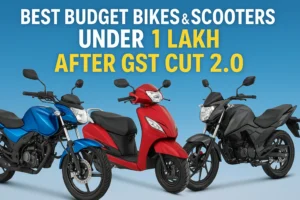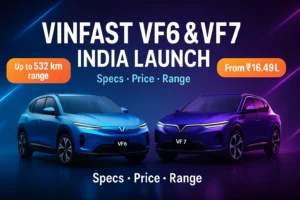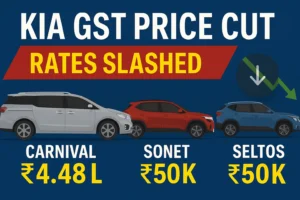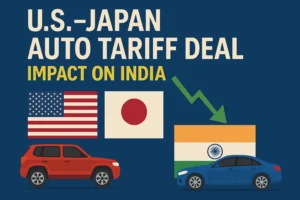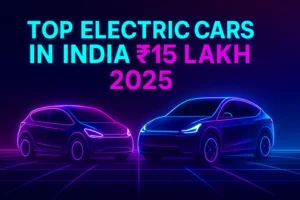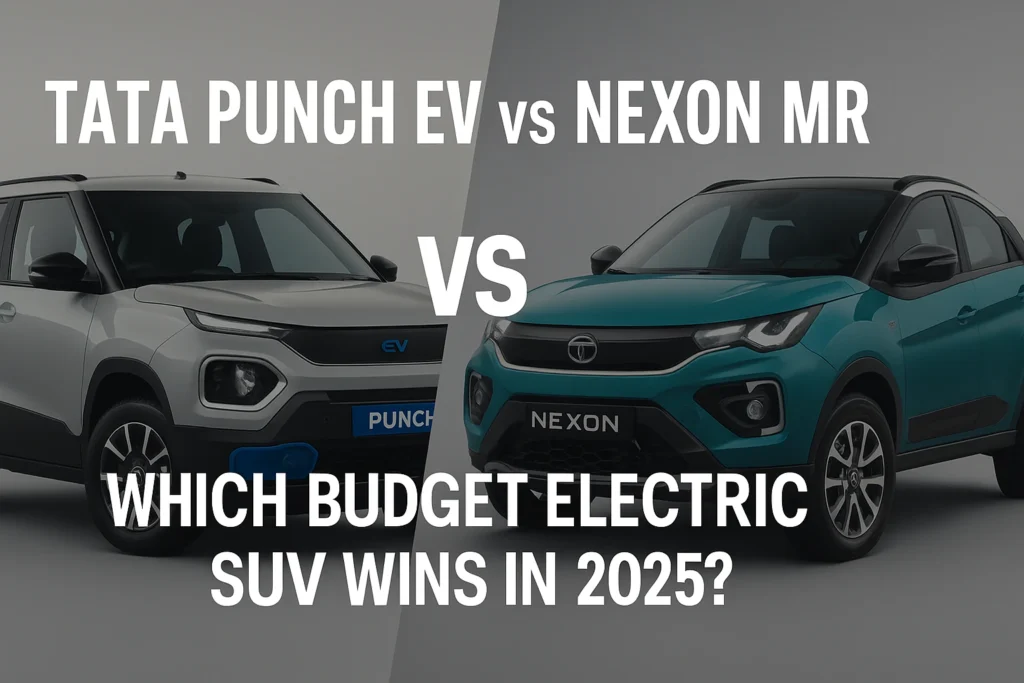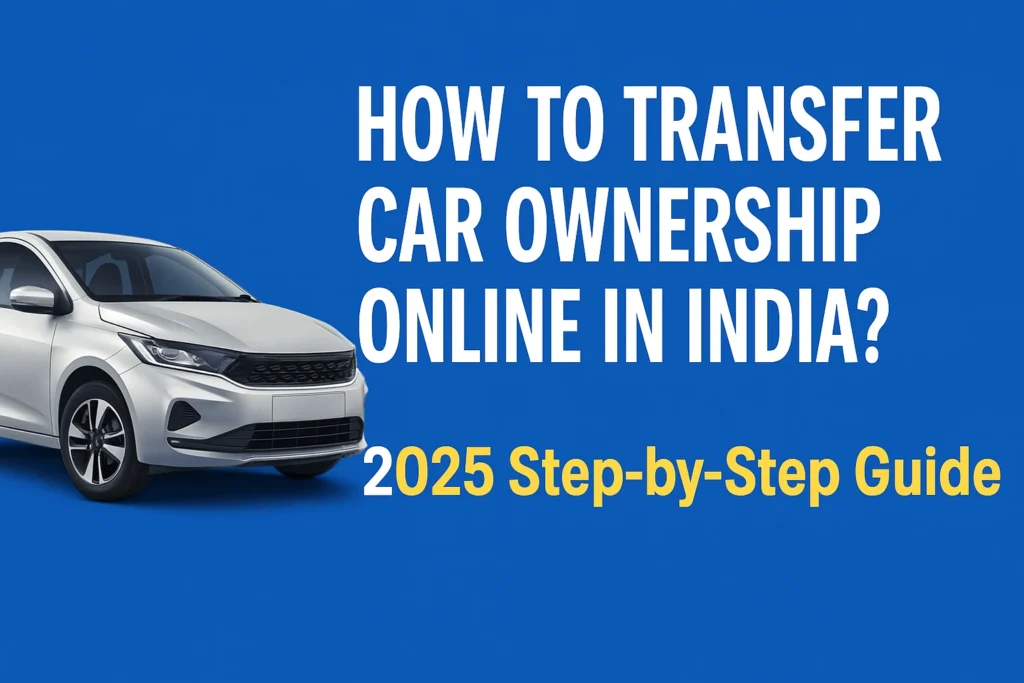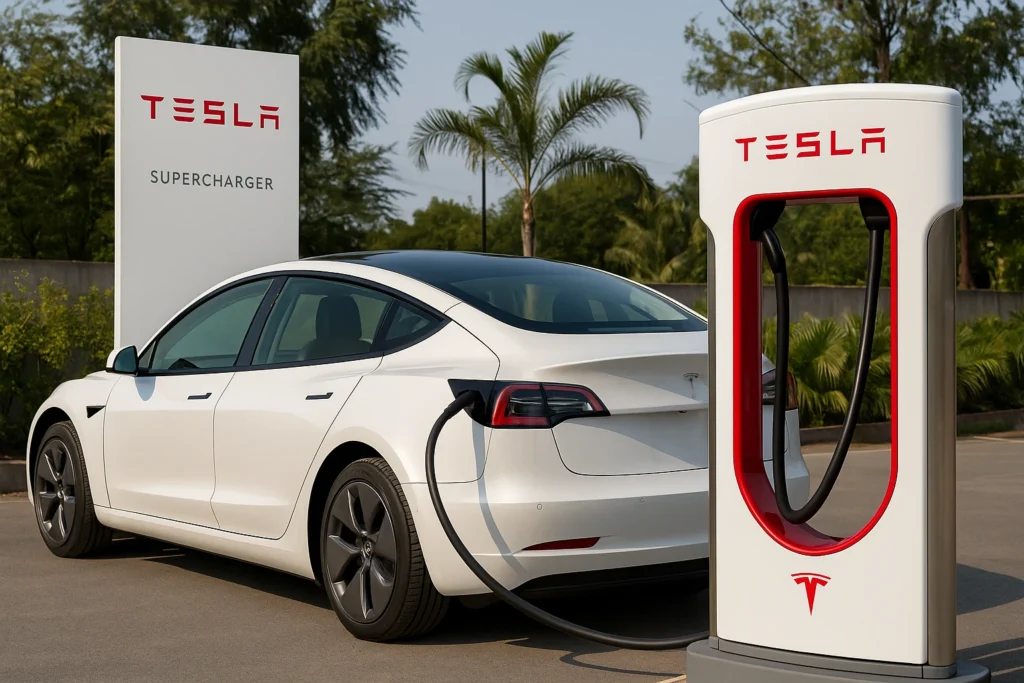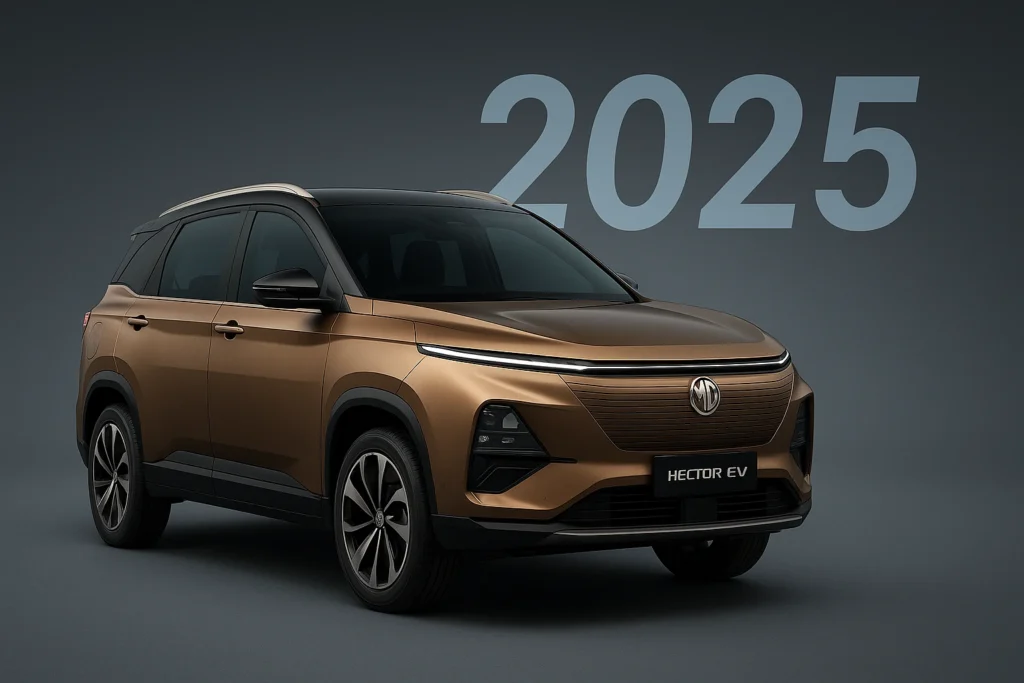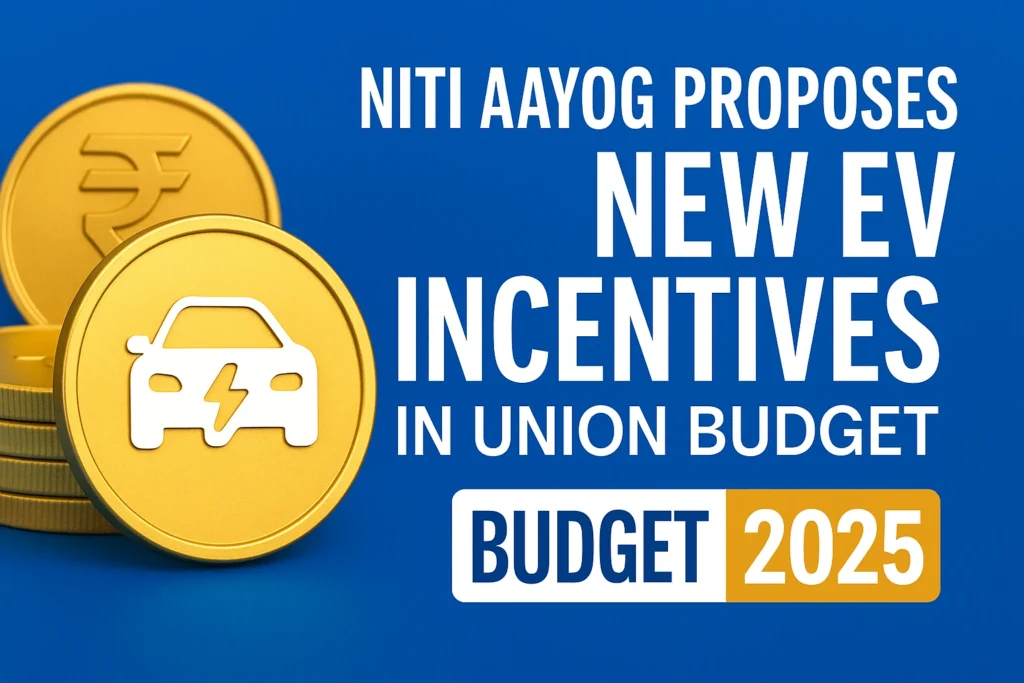In a welcome move for festive-season car buyers, India’s GST Council has approved significant tax cuts on small cars, commuter bikes (up to 350 cc), and three-wheelers. From September 22, 2025, these will attract just 18% GST, down from the earlier 28%. This GST cut policy is expected to reignite demand in the entry-level buying segment just ahead of Diwali.
Highlights & Details
- New GST (from Sept 22): 18%
- Applies to: Small cars, commuter bikes (≤ 350 cc), three-wheelers
- Previous GST: 28%
- Luxury vehicle/large bike GST: Hiked to 40%
- Positioned to drive Diwali buying momentum and accelerate OEMs’ seasonal volume goals.
Pros & Cons of New GST Cut in India
Things We Like
- Affordable entry-level vehicles make commuting more accessible
- Stimulant for sales during a historically strong purchasing season
- Likely to boost rural and first-time buyer interest
Things We Don’t Like
- Premium vehicle pricing unaffected (GST increased to 40%)
- Infrastructure and financing may still limit purchase power in remote regions
- OEMs may delay H2 launches to capitalize on this temporary demand boost
Why the New GST Cuts Matter
Lower GST aligns with India’s broader goal of promoting mass mobility. With festive-season discounts, automakers could cross 1 million EV sales/year if backed by incentives. However, the elevated GST cut on premium vehicles may skew sales toward budget models, reinforcing affordability as a key driver. Read the official press release here.
Buyer Angle
- Budget buyers: Great time to consider hatchbacks or commuter bikes under ₹10 lakh.
- Financiers: Expect higher EMI inquiries, finance options must stay competitive.
- OEMs & dealers: Time launches, offers, and festive accessories aggressively.
- EV/3W startups: Adjust models and stocking plans now that GST parity narrows.
Also Read: September 2025 Car & EV Launch Calendar – India’s Festive Surge

